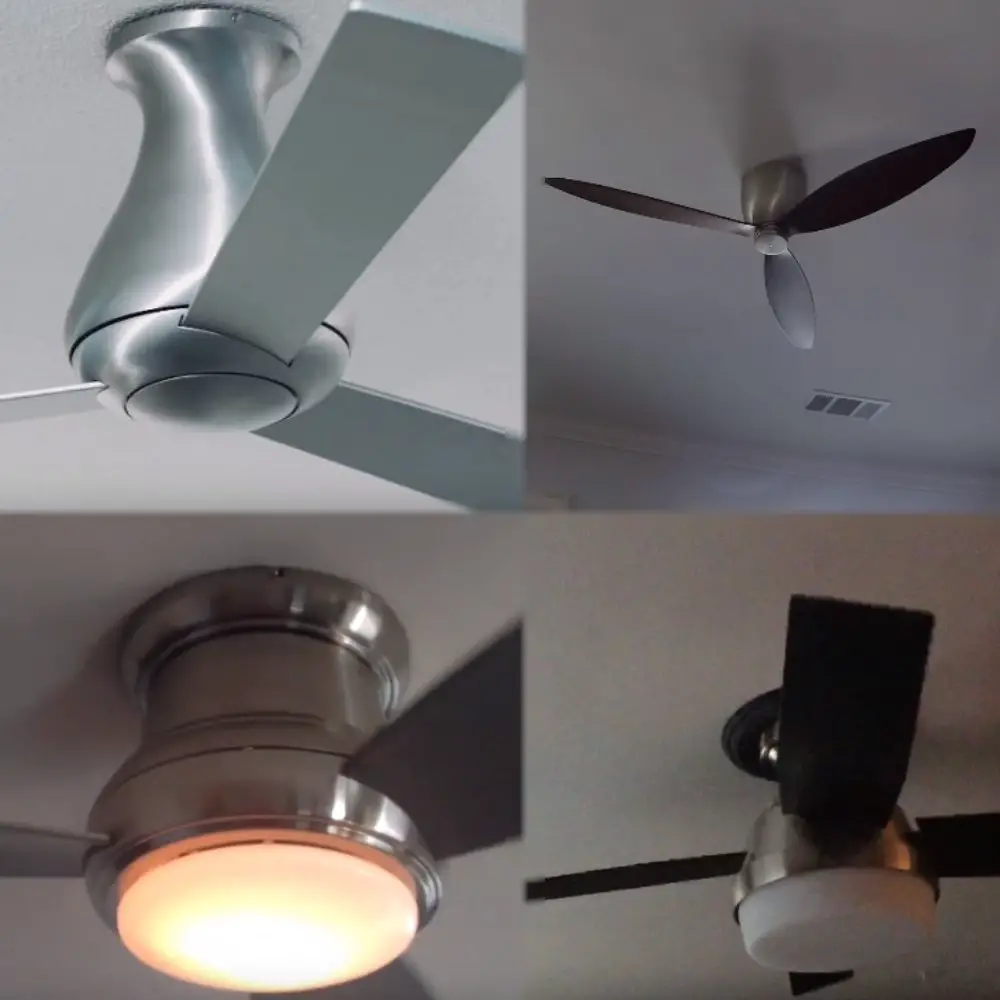

The importance of airflow and blade spanĪirflow is one of the biggest factors to consider when choosing a ceiling fan. There isn't a strong link between a fan's price and its blade size, blade shape, number of blades, airflow rating or motor warranty, which means you can generally choose a design that fits your personal tastes and budget. Premium blade materials, such as machined metal or natural wood, can also make a fan more expensive. As with most lighting or HVAC equipment, the cost of a fan generally goes up as its energy efficiency increases. However, you can expect to spend around $100 to $200 for the most popular models. You can spend as little as $50 or well over $1,000 on a ceiling fan. Read our Westinghouse Comet 7801665 ceiling fan review.Unfortunately, this fan has an average energy efficiency of 57 CFM per watt, which is lower than the minimum requirements to earn an Energy Star certification. The Comet has a good airflow rating of 3,589 CFM, which is enough for rooms up to 225 square feet. The blades come in a matte black finish with a black marble pattern on the reverse side, so you can choose the one that best accentuates your décor. Although lifetime motor warranties aren't uncommon, the parts warranty is better than the one-year average among ceiling fans in our comparison. The fan comes with a lifetime motor warranty and a two-year parts warranty. Hunter Builder Deluxe 53091: Best affordable ceiling fan Read our Fanimation Odyn ceiling fan reviewģ.With the lighting kit and downrod installed, this fan hangs nearly 18 inches from the ceiling, which means it should be installed on ceilings of 9 feet or higher. This fan is very expensive, around $800, and many customer reviews say the quality may not be worth the price, specifically the fan blades, which are made of plastic. This fan has nine reversible blades with minimalist styling that come in five finishes. Its LED lighting system uses less electricity than traditional ceiling fan lights but is just as bright. This ceiling fan is Energy Star certified, and much more efficient than most other fans we evaluated. The motor on the Fanimation Odyn is quiet and carries a lifetime motor warranty. The huge 84-inch span of the Fanimation Odyn uses 32 watts on its highest speed while also moving 11,190 CFM of air, making it the most powerful fan we came across in our research.
#Ceiling fan airflow cfm portable#
For even more ways to cool your space, check out our guide to the best central air conditioning units, or the best portable air conditioners for porting around your home. If you have one large room or an open plan living space, you might want to consider a 56-inch fan.Ī good ceiling fan does more than just circulate air around your room - some of them double up as lights and a handful of fans that can be installed outdoors, and we’ve included these types below too. We’d suggest opting for fans sized between 42 and 53 inches. If your room is large, you’ll want a large fan to help circulate the air into every nook and crevice. In addition to the style, when it comes to picking the best ceiling fan for your home it’s important to think about the size of your rooms. You probably won’t even notice them once they are installed on the ceiling. Unlike the best tower fans, ceiling fans don’t need to take up valuable floor space. Investing in a fan is a great option for those who are short on floor space. You can easily calculate the suitable airflow requirement according to your room’s length, width, and height.In our guide to the best ceiling fans, we’ve included a range of designs including traditional-looking fans, a handful with wood finishes and more modern and up to date designs. Now, what if you already know how much airflow is needed for your room? It helps to determine the suitable room size. Air coolers and conditioners also have a similar rating. All types of fans- ceiling, table, exhaust, and pedestal fans come with a rated CFM. Airflow is usually measured with the unit of CFM- Cubic Feet per Minute. Blowers produce more airflow compared to fans, and thus, they are ideal for large rooms.įor these reasons, you must choose a product that can distribute the air properly in your room. Fans are ideal for small and medium-sized rooms. You will find two types of devices to recirculate the room air- fan and blower. If the home appliance runs for a long time in overloaded condition, its durability will reduce, create noise, and ultimately fail.It will reduce the efficiency of the machine. More energy will be required to cool down the same space.Insufficient cooling effect reduces the efficacy of the appliance.


 0 kommentar(er)
0 kommentar(er)
